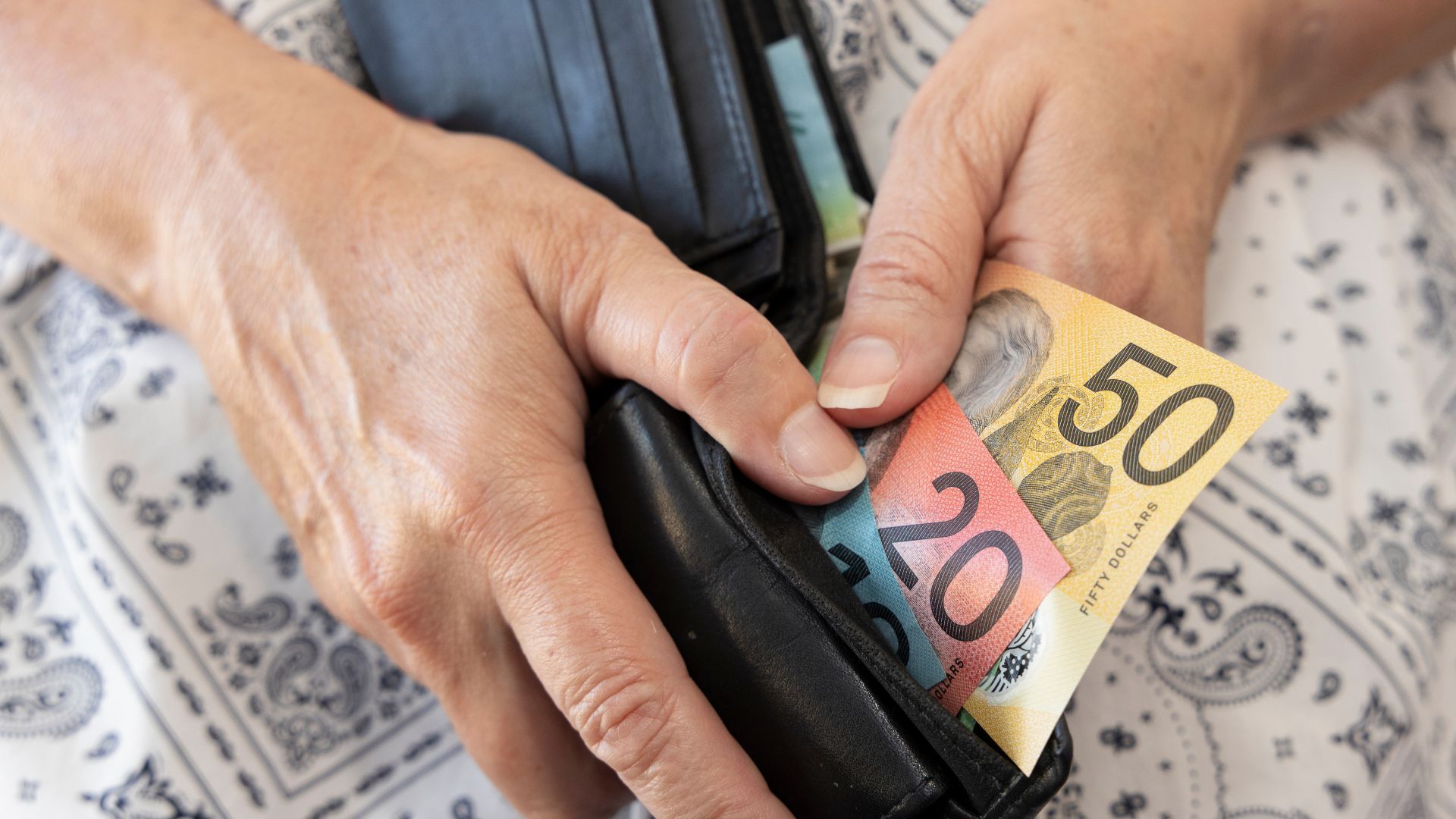
From cashless transactions to public transport, so much has changed in the years after the life-changing global shutdown in 2020.
As our society recovered and emerged from the pandemic, we saw a range of services adjust to become more convenient for everyday living. Nowadays, so many things can be brought to our doorstep, like dinner — removing the cost of travel and the need to plan ahead.
However, we have also lost many luxuries that we didn’t even realise we had.
Before COVID-19, it feels like we would at least spend our dinners and our days out talking to each other. Nowadays, people are glued to their screens after emerging from months of social isolation. Whether we’re on the bus or in the shops, every social interaction feels like a means to an end.
Café culture and many other ways of life have also been permanently altered. It’s no longer socially acceptable to strike up a conversation in most settings, let alone even look at people for too long, unless you’re in a bar or club — and even then, it can get tricky. The only way to effectively meet new people and make friends nowadays is to get started online on social apps, which robs us being able to build that chemistry and connection from the get-go.

Migrating towards a cashless society has its benefits — you don’t have to carry loose change and strategise how you can get rid of those pesky coins, for instance. However, this also makes certain aspects of daily spending difficult.
Budgeting becomes much harder when you can’t actually see what you’re working with. Additionally, travelling overseas gets complicated as you’ll need to withdraw cash in a foreign currency. This easily marks you as a tourist, which opens you up to a range of dangers such as scams and pickpocketing.
Even if you bypass this with apps like PayPal, it presents a whole plate of troubles to worry about, like making sure your mobile devices always have enough charge to be used for payments or avoiding online scams. While digital transactions have made life much easier and more convenient, they also come with their drawbacks.
Public transport has become more widespread and far-reaching than ever. Systems are now in place to ensure many populated areas of each state are mostly walkable. However, the advent of COVID-19 catalysed the rise of personalised transport services like Uber, which effectively killed the taxi industry.
No longer are we able to end a night out by hailing a taxi and heading straight home. Instead, we’re now bound by the requirements of having an app and waiting for some random stranger to come pick us up. This makes pickup difficult as we need to make sure it’s a dedicated spot that they can pull over at — taxi zones not included! — and they reserve the right to cancel at any time, further lengthening our wait time.
We’re no longer as sure as we were on prices anymore. A ride home at night could range anywhere between $10 and $60, making it a gamble each time you open the app.
When the pandemic locked the world down, the largest corporations survived — entities like Woolworths and Coles come to mind. Some, like Facebook, even thrived as everyone flocked to social media to remain connected with friends and family. However, the pandemic also saw small businesses struggle, with many being forced to shut down..
Nowadays, it’s a surreal feeling to walk down a street and see a derelict shop lot where our local haunts used to be. Favourite cafés that were staples of a suburb are now hollow shells of concrete and glass, while thrift shops and volunteer-run outlets were merged into the brands that managed to survive and successfully commercialise their businesses.
The silver lining to this is that in the recent years, we’ve started seeing these small businesses rise from the ashes of their predecessors, with new entrepreneurs working towards building a new community favourite for their local suburbs. We can only hope to see this trend keep going and a bit of colour return to our world.
It made sense at the time to do away with face-to-face appointments. After all, we wouldn’t want to catch COVID-19 from going to the bank. However, this trend has continued to persist in many circles of day-to-day activity, such as telehealth appointments, online banking and Zoom meetings for work.
While more convenient, there are some things that simply can’t be communicated over the phone or through a screen. GP appointments can get tricky to handle when you may need to present physical evidence of an ailment for diagnosis; online banking can be confusing when you phone them up with an inquiry and you’re instead met with an AI-powered switchboard that tells you to narrate you issues in “five words or less”; the list goes on.
Having a face-to-face conversation with another person allows us to communicate in ways that we otherwise couldn’t over the phone or screen. Body language, real-time reactions and hand gestures are part and parcel of socialising. Take that away and you have misunderstandings, delayed responses due to Internet connectivity issues and unnecessary follow-up appointments.
Although life has become much easier to navigate nowadays, there are just some things that we may never see the return of again — and all we can do is continue to work towards meeting our needs and goals in new and different ways.